50+ Meeting Minutes & Meeting Notes
-
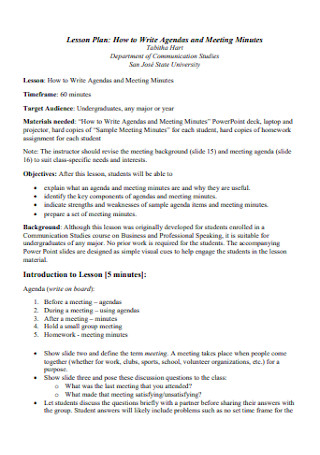
e Agendas and Meeting Minutes
download now -
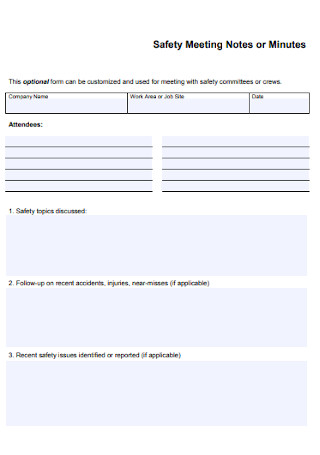
Safety Meeting Notes or Minutes
download now -
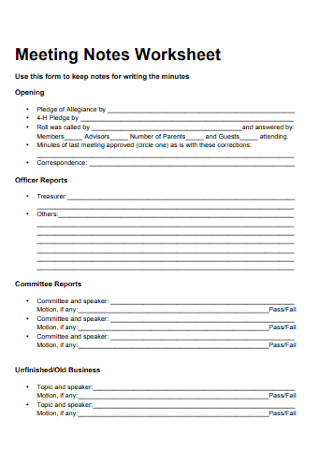
Meeting Notes Worksheet
download now -
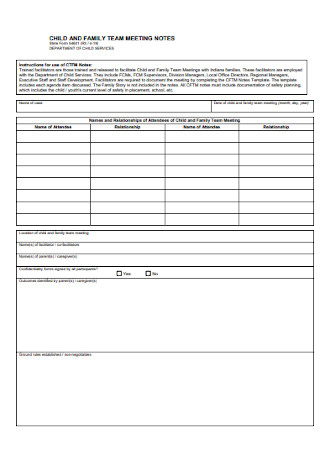
Family Team Meeting Note
download now -
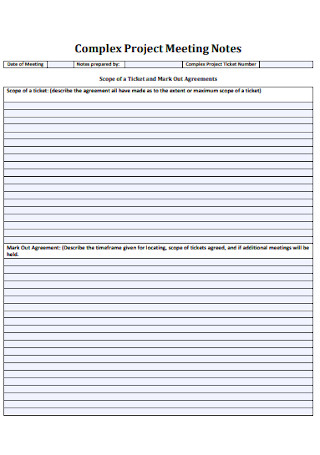
Complex Project Meeting Notes
download now -

Learn Committee Meeting Notes
download now -
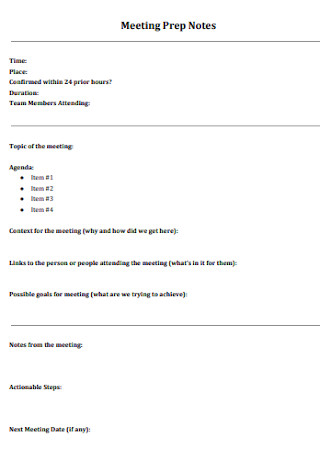
Meeting Prep Notes
download now -
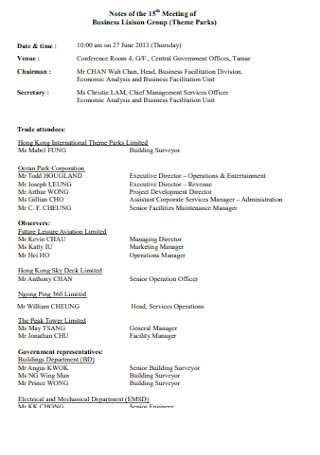
Business Meeting Note
download now -
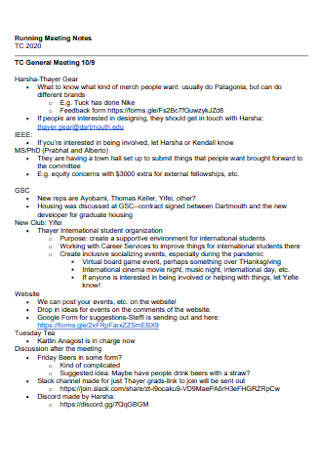
Running Meeting Notes
download now -

Group Meeting Notes
download now -
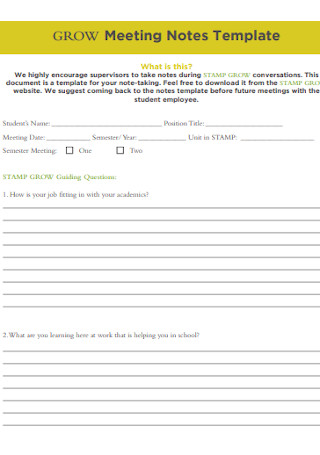
Grow Meeting Note
download now -

Meeting Notes Worksheet Example
download now -
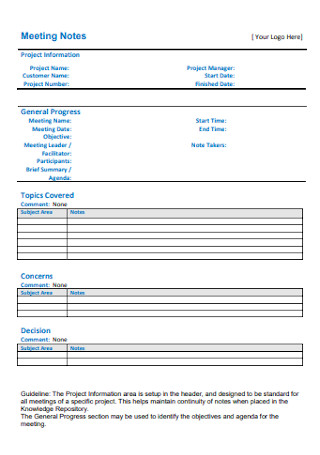
Meeting Notes Format
download now -
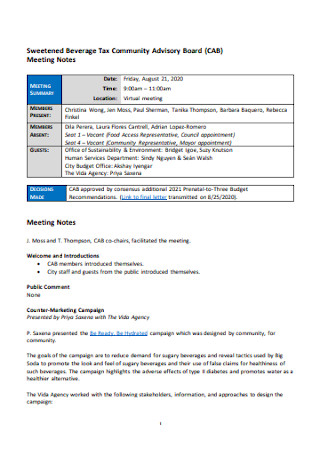
Board Meeting Notes
download now -
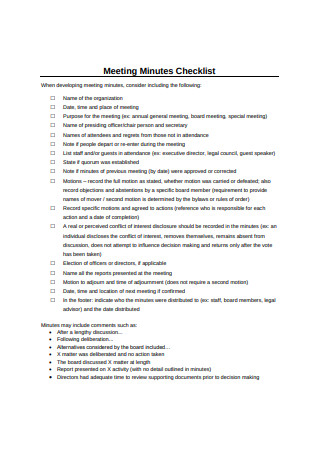
Meeting Minutes Checklist
download now -
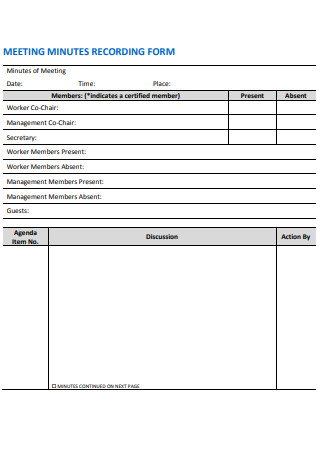
Meeting Minute Record Form
download now -
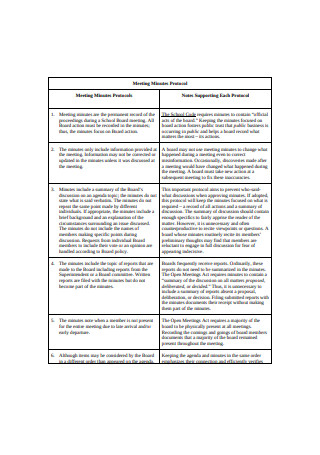
Meeting Minute Protocol
download now -
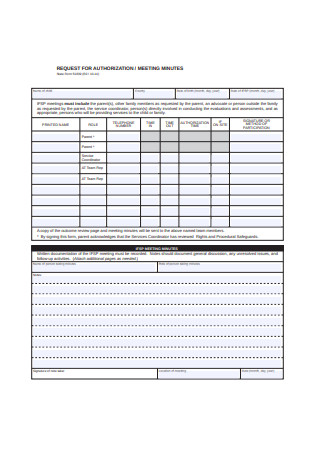
Request for Authorization Meeting Minutes Minutes
download now -
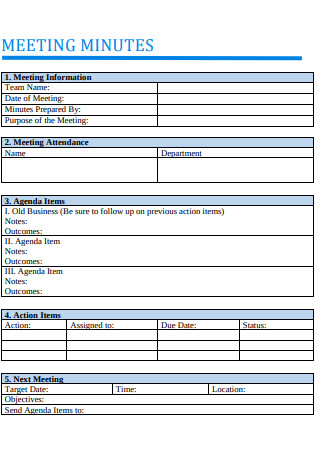
Business Meeting Minutes Example
download now -
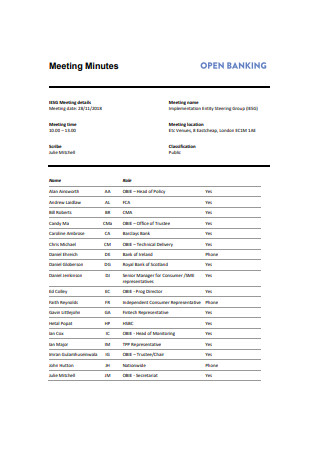
Banking Meeting Minutes
download now -
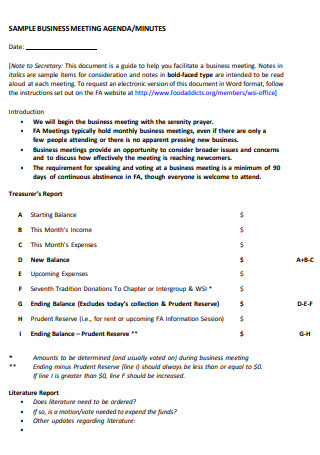
Business Meeting Minutes Agenda
download now -
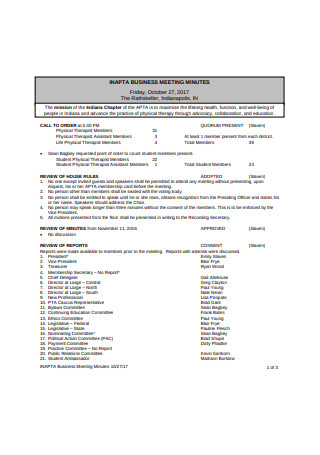
Professional Meeting Minutes
download now -
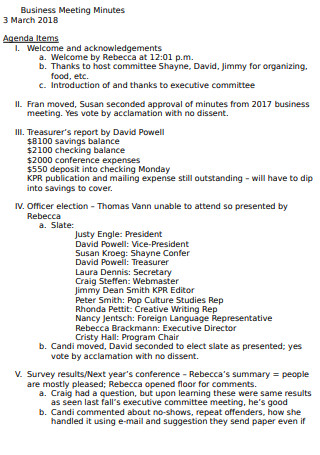
Executive Committee Meeting Minutes
download now -
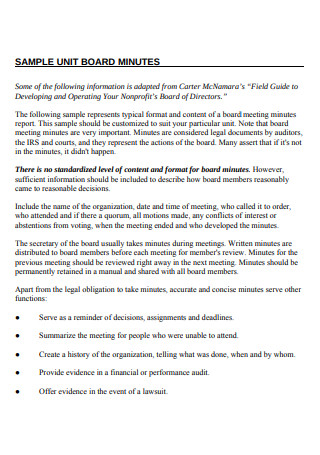
Unit Board Meeting Minute
download now -

Work Group Meeting Notes
download now -
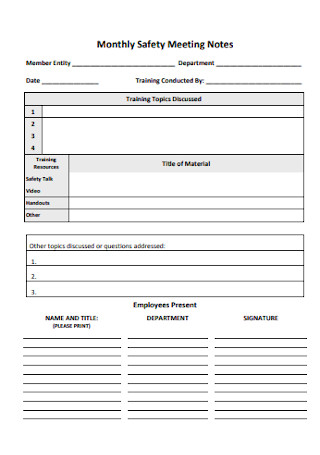
Monthly Safety Meeting Notes
download now -
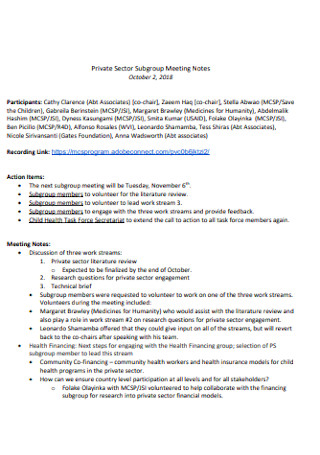
Private Sector Subgroup Meeting Notes
download now -
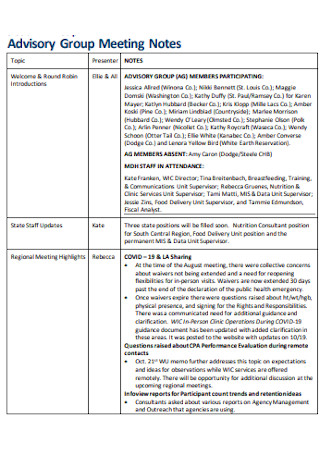
Advisory Group Meeting Notes
download now -
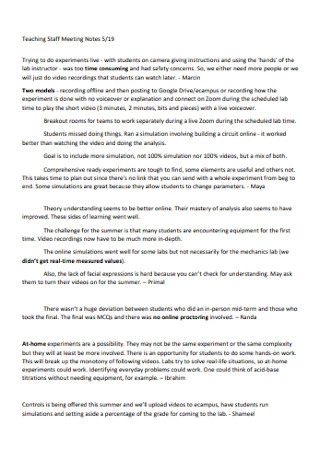
Teaching Staff Meeting Notes
download now -
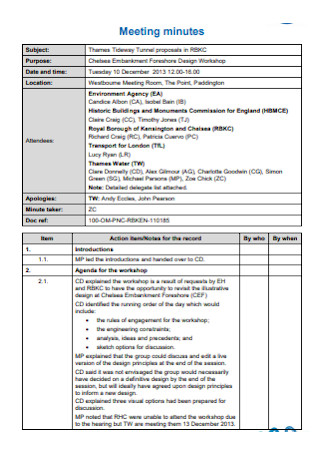
Basic Meeting Note
download now -
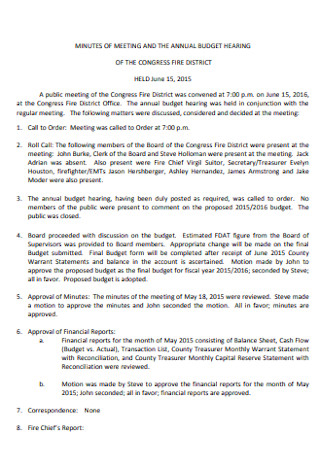
Meeting of Minute Annual Budget
download now -
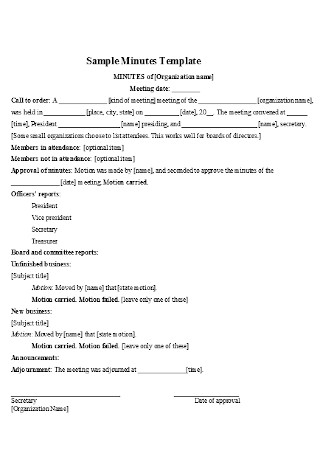
Business Meeting of Minute
download now -
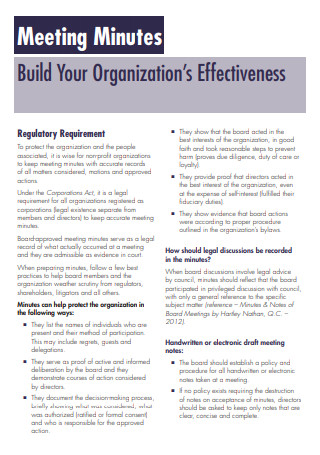
Organization Meeting of Minute
download now -
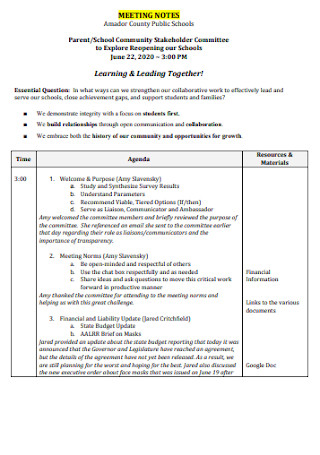
School Meeting Minutes
download now -
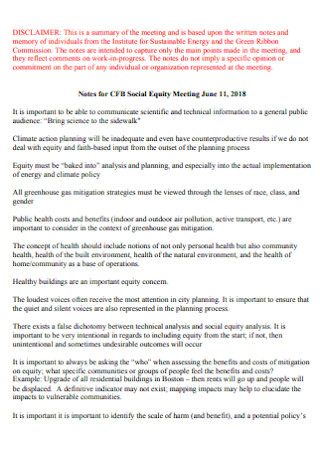
Social Equity Meeting Minutes
download now -
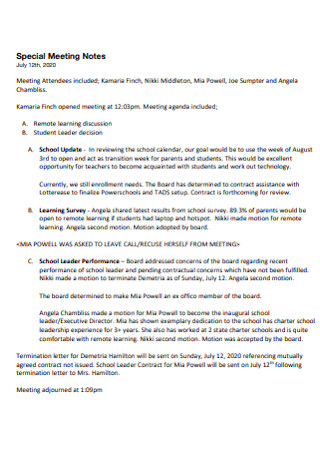
Special Meeting Notes
download now -
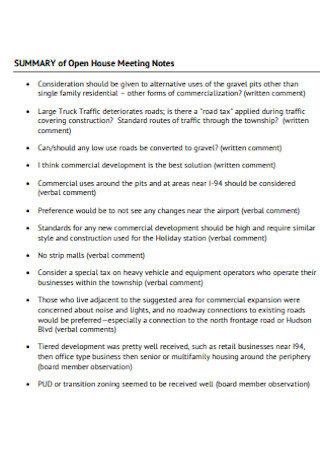
House Meeting Notes
download now -
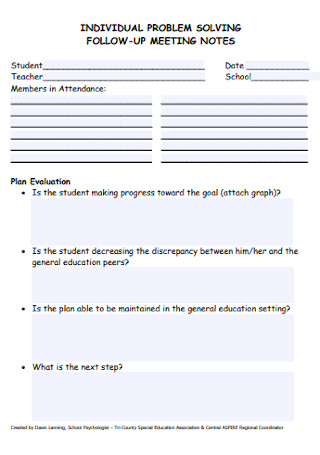
Follow up Meeting Minutes
download now -

Drivers Meeting Minutes
download now -
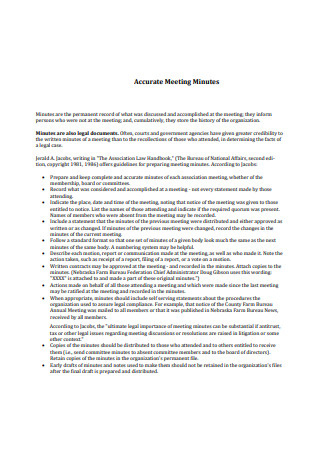
Accurate Meeting Minutes
download now -
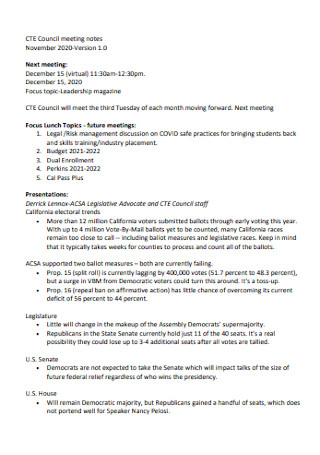
Council Meeting Minutes
download now -
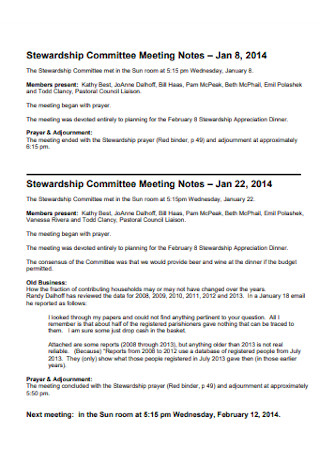
Stewardship Committee Meeting Notes
download now -
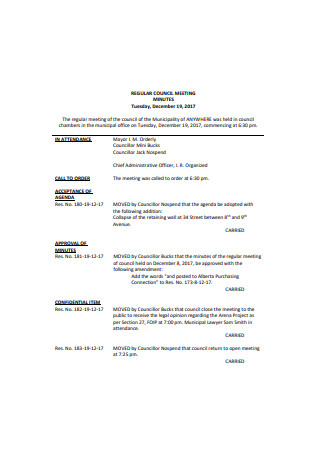
Regular Council Meeting Minutes
download now -
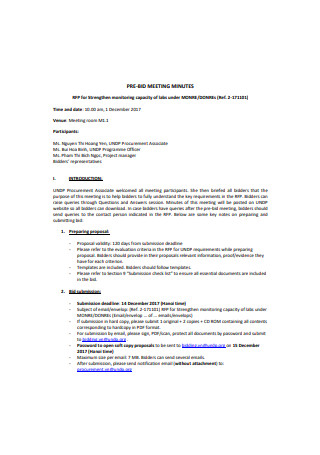
Pre Bid Meeting Minutes
download now -
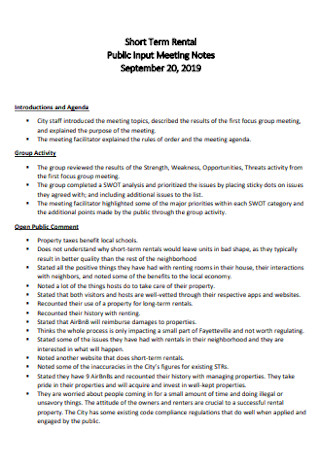
Public Input Meeting Notes
download now -
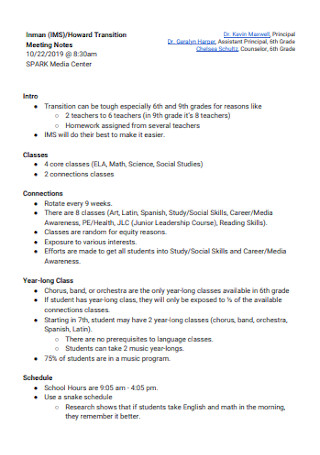
Howard Transition Meeting Notes
download now -
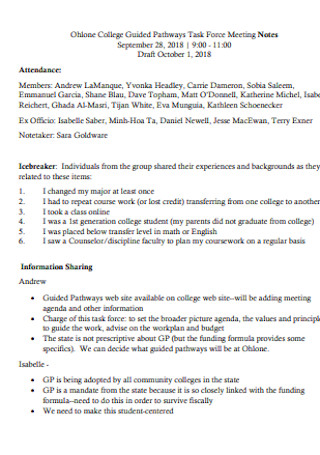
Task Force Meeting Notes
download now -
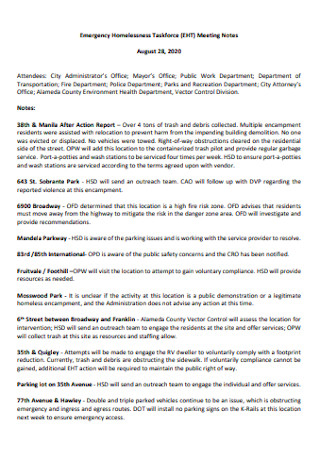
Homelessness Taskforce Meeting Notes
download now -
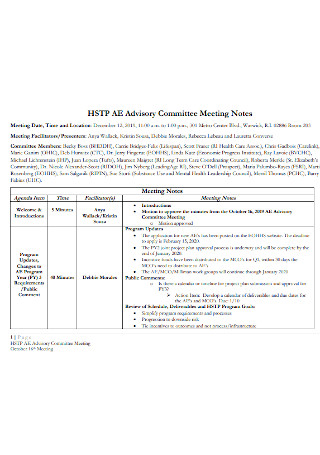
Advisory Committee Meeting Notes
download now -
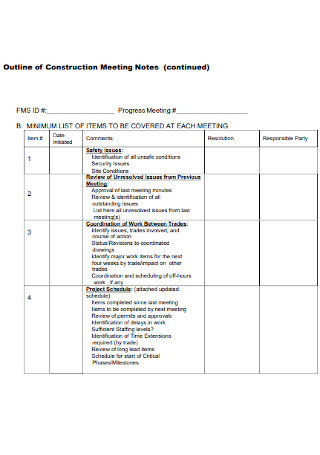
Outline of Construction Meeting Notes
download now
FREE Meeting Minutes & Meeting Note s to Download
50+ Meeting Minutes & Meeting Notes
Meeting Minutes & Meeting Notes: What Is It?
The Parts of a Meeting Minutes Document
How to Write Effective Meeting Minutes & Meeting Notes
FAQs
Are meeting minutes considered legal documents?
What is the importance of maintaining and recording meeting minutes?
Are there disadvantages to holding meetings?
Meetings are held either formally or informally in different locations, with participants ranging from five to a hundred members. There are also instances when management offers to meet with potential clients, suppliers, and other business enterprises in establishing collaborative working arrangements within or outside the organization. The observance of writing down meeting minutes and meeting notes is essential in any company meeting. The records serve importance to both management and its employees in the long run. Find out more about meeting minutes and meeting notes, their meaning, and content in the article below.
Meeting Minutes & Meeting Notes: What Is It?
Meeting minutes and meeting notes are documents that go hand in hand when there is a meeting procedure. The two papers have a similar use in a meeting but are different in their construction. The term meeting minutes are often confused with the time of the entire meeting when it means ‘minutes’ as tiny or a fraction. Meeting minutes mean a summary of the contents of the meeting. Meeting notes help supply the content made in meeting minutes. Meeting minutes typically make up a formal report of a meeting, and meeting notes tend to be less formal and shorthand documentation. Despite this, the two go together in any set of formal meetings with management, clients, and employees. The intent of both documents still pertains to recording all possible content of a meeting. An assigned member of the meeting, usually the secretary, records the meeting minutes and meeting notes.
According to the National Bureau of Economic Research dated July 2020, meetings held per day per person increased from 11.4% to 14.4%. On average, industries across the globe show an increase of one meeting a day during the start of the pandemic. It is in relation that most meetings are held online and with regards to employee safety and performance.
The Parts of a Meeting Minutes Document
The meeting minutes are an essential part of any meeting process. It records all necessary and vital information discussed during a session. The following components of meeting minutes must be present and met to ensure that all information is comprehensive.
How to Write Effective Meeting Minutes & Meeting Notes
It is not enough to know the contents of the meeting without executing it properly. Despite the many different formats of the documents, the principal purpose is to write a comprehensive discussion of the participants. Here are steps to writing effective meeting minutes and meeting notes.
Step 1: Pre-planning For the Meeting
Pre-planning is an effective way to ensure that a meeting progresses smoothly. The method specifies the agenda and the methods of recording it. It serves as an outline that provides information that must reflect in the minutes. It includes the names of all participants, including the speakers, documents containing the agenda handed out in the meeting, whether digital or hard copy. Another purpose is to share with participants unable to attend the discussion and others as determined by the chairperson. Pre-planning also helps clarify and set expectations stemming from the meeting.
Step 2: The Process of Note-Taking
Before writing down notes for the meeting, make sure to identify the essential components of the meeting minutes. It is necessary for the person writing the records to ensure they have the proper knowledge regarding the minutes. The minutes reflect the date and time of the meeting, names of the participants and those unable to attend, acceptance, corrections, and amendments concerning previous meetings and the decisions made in the present discussion.
Step 3: Writing or Transcribing the Minutes
Once the meeting notes are compiled and arranged, the transcriber writes out the minutes as soon as the meeting finishes. It is also essential to review the outline, and if necessary, add additional notes on vague topics to further clarify the points raised. Editing is a must for brevity and clarity and ensures that the minutes are easy to read. In the end, make sure the minutes are objective, holds the same tense throughout the document, avoiding personal interpretations, and do not summarize the sources, instead keep an appendix for reference.
Step 4: Approval, Distribution, and Sharing Of the Minutes
In approving for the distribution and sharing of documents, it undergoes a review by the chairperson for revisions. The secretary is responsible for the distribution of the minutes to the people listed in the meeting agenda. It includes both individuals present and absent in the said meeting. The distribution of the document can be through a hard or soft copy. It all depends on the agreed-upon means of sharing and distribution.
Step 5: Proper Filing and Storage of Minutes
Once the respective individuals receive the document after the specific revisions, the secretary must store the document for future reference. It is advisable to keep a digital and hard copy of the minutes in case of unforeseen circumstances. It is better to be safe than sorry when it comes to documenting files related to meetings.
FAQs
Are meeting minutes considered legal documents?
Once approved, the meeting minutes are legal and official documents of the company. As it exists in legal significance and stature, the document carries admittance in court as a piece of evidence. If any issues arise regarding the minutes, addressing complications is a piece of work. It takes the entire group of people involved in the meeting to vote and make any resolutions or significant changes. However, it is difficult to do so because the minutes are an accurate representation of the proceedings to the degree that they are clear and unambiguous. If the records are proven to be inaccurate, then the document is neither reliable nor beneficial in the state of the court.
What is the importance of maintaining and recording meeting minutes?
Aside from the legal compliance involved in creating meeting minutes, it also serves other purposes. According to a blog published in highfive.com, a decrease of about 80% of the time of meetings connect to detailed agendas. Minutes are helpful in time management and provide structure, and it equates to the time of meetings lessens. The minutes emphasize achieving actions. It helps clarify details about previous and current discussions, along with the deciding bodies. It also aids the people absent from the meeting to keep track of all the details missed during their absence. The minutes also act as a measuring tool for progress. It is a means to tabulate ownership, especially during the voting process.
The minutes have accurate and detailed information regarding the event. It serves as a document of reference as well. It is necessary to have records as a way to refer to previous discussions. The meeting minutes provide action plans. With a written report, people responsible for particular decisions are held accountable and expected to proceed as agreed upon. The minutes reference unresolved issues from the previous gatherings for further discussion in subsequent meetings. It also helps in avoiding the repetition of actions. The process of recording the discussions from past assemblies along with filing and distribution of materials assists in preventing time wasted in future gatherings. The minutes offer legal protection as stated above since it is an official document.
They provide records of action and evidence of communications. The minutes must be a priority and recorded professionally. It also provides a means of communicating with persons not present in the meetings. The document in its entirety is a summary of the entire discussion. It must also reflect the decisions and due diligence of the people present. Minutes serve as an internal record of procedures made available even to future members of the company.
Are there disadvantages to holding meetings?
One may think that meetings are a way to solve problems concerning the company and actions that need attention. However, there are still disadvantages that stem out from different types of meetings. According to an article published by Harvard Business Review published in the magazine dating July-August 2017, 54% of both employers and employees classify meetings as a waste of individual and group time. A startling number reflects that situations arise where meetings are obstructive in daily production and activities.
One of the disadvantages of holding a meeting is time-consuming. It happens when meeting agendas are not structured or well-written. Some meetings also complicate situations rather than solve them. Multiple views and stubbornness of several members contribute to confusing and complicated decisions. A lack of seriousness also arises in meetings when the participants come unprepared without prior actions in mind. Lack of leadership also affects how a meeting progresses. If the governing chairperson cannot support the position, the lack of skills and biases lead to adverse results. Lastly, without proper planning, places, paperwork, travel, communication, and other requirements cause a significant amount of money.
As a whole, observance of meetings is essential in any organization. Meeting are held to address specific issues, cope with new information, help support emotional and social questions or consultations, enable democratic functions, and develop ideas. From all the roles specified, it’s no wonder that meetings are considered essential in a company’s growth and performance. It equates to minutes and notes being an integral part of any discussion. It is relevant to file and store the minutes after the chairperson’s approval as it serves as official documents that contribute to a company’s identity. In the words of Bill Gates, “You have a meeting to make a decision, not to decide on the question.” Learn all about meeting minutes and meeting notes in the article above to record meetings most efficiently.
